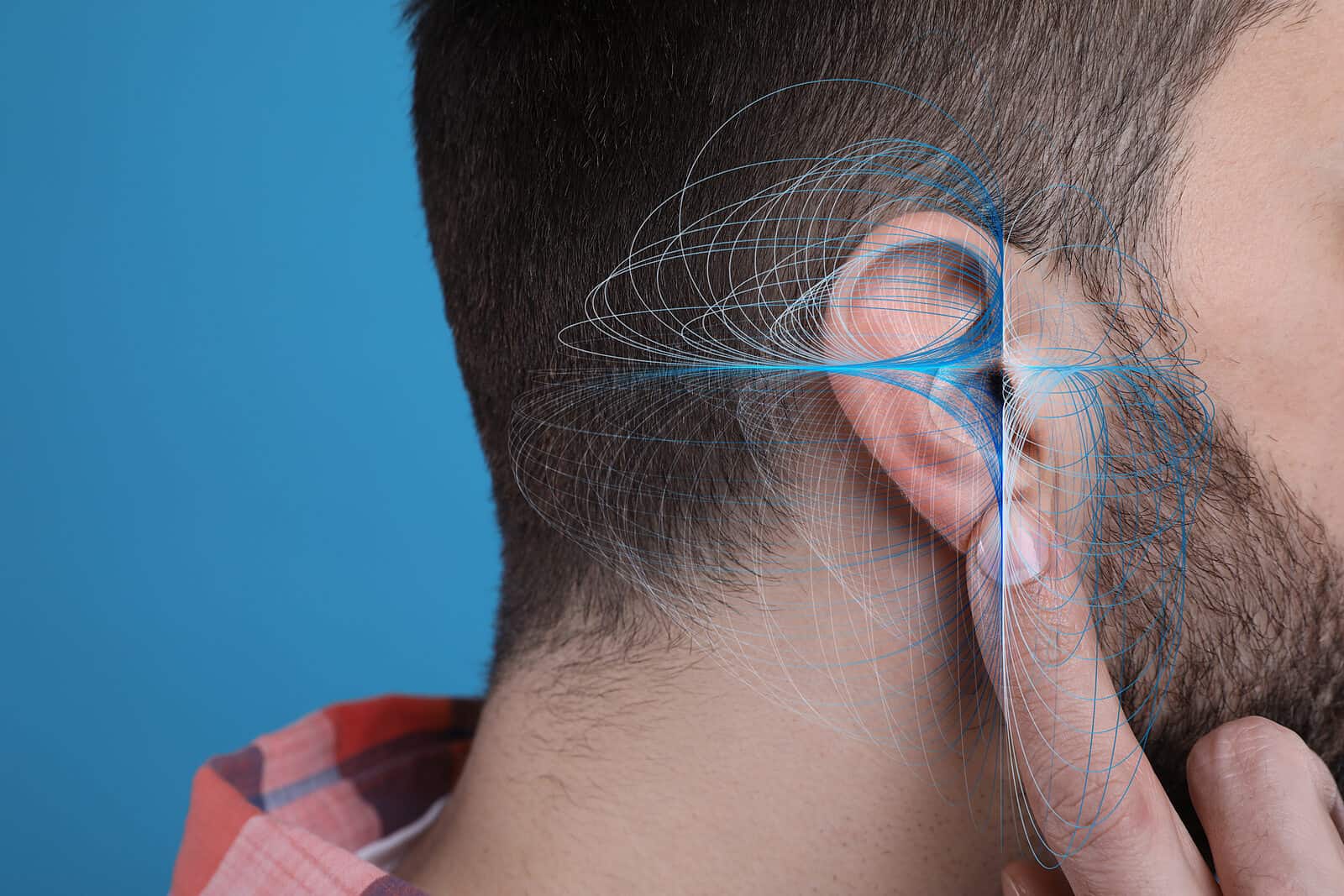Hearing Loss Overview
Prevalence of Hearing Loss

According to the Hearing Loss Association of America (HLAA), about 20% of Americans – 48 million people – report some degree of hearing loss. The statistics rise with age: approximately one-third of Americans age 65 and 50% of Americans age 75 and older experience hearing loss.
In the workforce, approximately 60% of workers experience hearing loss across a wide range of industries from academics to factory work. In children, two or three of every 1,000 have some degree of hearing loss, while approximately 30 school children per 1,000 have a hearing loss. Additionally, 60% of veterans returning from combat zones report cases of hearing loss and tinnitus.
Signs of Hearing Loss

Because hearing loss is an invisible condition, we only see its effects. People who experience hearing loss may:
- Ask people to repeat what they say
- Have trouble hearing in groups
- Think others mumble
- Fail to hear someone talking from behind
- Turn up the volume on TV and car radio
- Have difficulty on the phone
- Have trouble hearing the alarm clock, doorbell, or phone ring
- Have difficulty hearing at the movies
- Avoid noisy parties and restaurants
- Withdraw from social situations
- Feeling tired or irritable after a long conversation
Types & Causes of Hearing Loss

Treating Hearing Loss

Hearing loss can have a huge impact on your mental and emotional wellbeing, especially its impact on your cognitive function. Even a mild hearing loss in adults can put you at greater risk for cognitive decline if not treated.
Hearing well allows us to be more socially active and connect with others. Individuals with untreated hearing loss tend to withdraw socially, isolating themselves from friends and family, which can lead to negative emotions. With proper treatment of hearing loss, you will be able to fully immerse in conversations and enjoy interacting with your loved ones.
